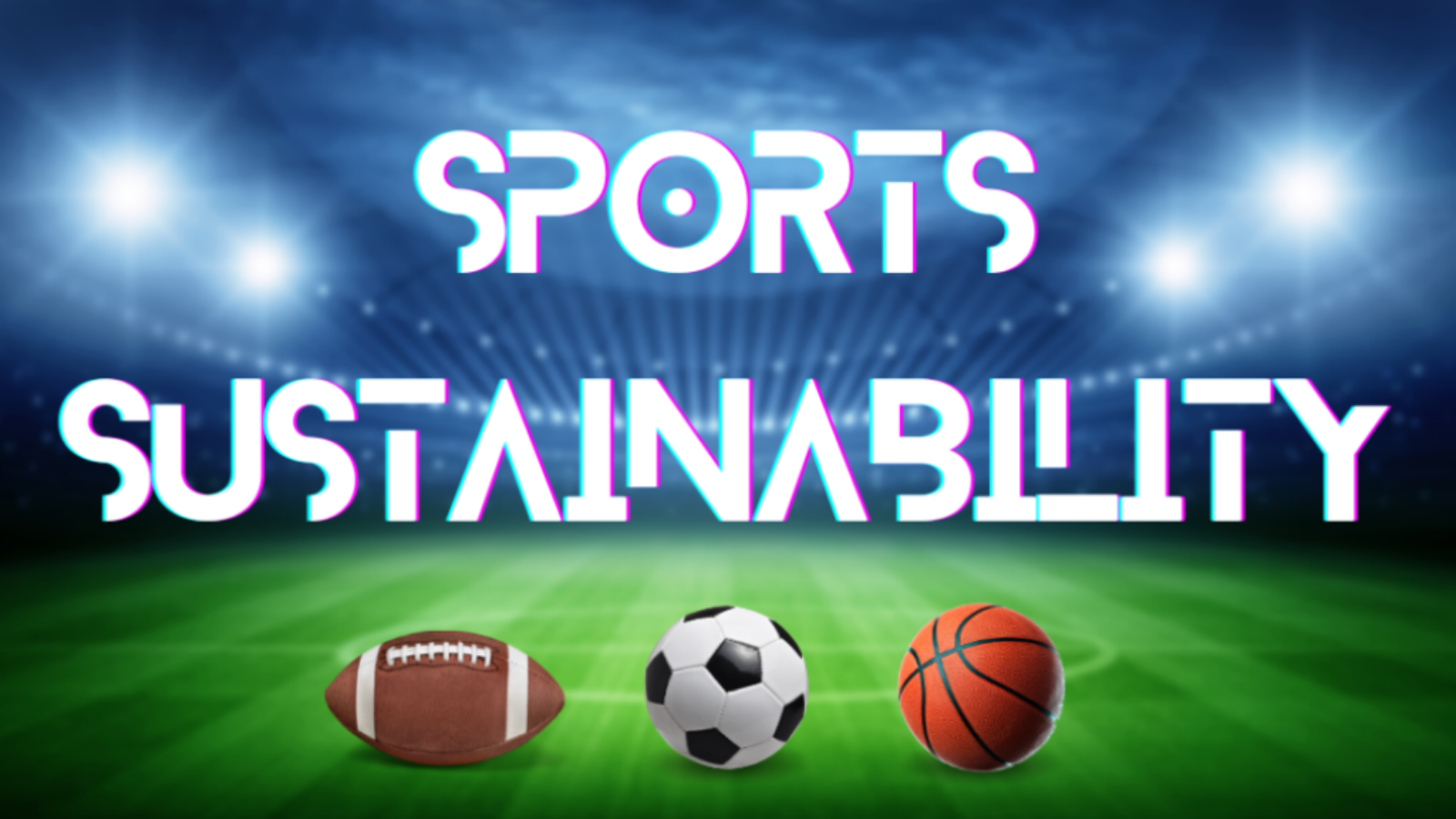As environmental sustainability continues to become a top priority for many businesses and stakeholders, sports stadiums and arenas are joining the charge to implement sustainability initiatives across the United States.
Why Stadiums?
Professional sporting events in the United States draw hundreds of millions of attendees each year and it is no surprise that they also bring a large environmental impact. The Dallas Cowboys AT&T Stadium, for example, holds 80,000 attendees and consumes up to 10 megawatts of electricity on a single game day. That may not sound like a lot but it’s roughly the same amount of energy consumed by nine American households for an entire year! Now multiply that impact over the coarse of an entire sports season. Yet challenge brings opportunity and sports organizations are at a powerful spot to leverage environmental sustainability initiatives that could reach a broad audience.
Of course, both the stadium officials and the public want to avoid greenwashing claims, or statements promoting environmental actions that are misleading or unsupported by data. Some environmental professionals warn sports organizations against promoting their events as “plastic neutral” or “carbon neutral” because they are often not well defined and difficult to track the legitimate environmental impact. Instead, environmental professionals suggest that stadium officials focus on specific goals that can be achieved with tangible results, like energy efficiency, water conservation, and food waste. Let’s take a look at 3 ways American stadiums are reducing impact and joining the environmental movement.
Energy Efficiency
There are currently 32 LEED certified professional sports stadiums and arenas in the United States. LEED, or Leadership in Energy and Environmental Design, is a rating system created by the United States Green Building Council (USGBC) that ranks projects as Certified, Silver, Gold, or Platinum depending on the amount of sustainability efforts taken.
In 2017, Mercedes Benz Stadium in Atlanta became the first professional sports stadium to reach Platinum status. The stadium earned energy efficiency points by using LED lighting and video boards, as well as installing over 4,000 solar panels to generate 1,600 megawatt-hours each year. LEED Gold rated Lincoln Financial Field in Philadelphia installed 11,000 solar panels throughout the stadium and parking lots, generating enough energy to power ten Philadelphia Eagles home games.
Solar panels play an important dual purpose when used in parking lots. Not only do they produce abundant clean energy and reduce electrical burden, they also act as durable shade structures in otherwise baking hot pavement areas. According to the United States Department of Energy, running the air conditioning in hot weather can reduce a car’s fuel efficiency by 25 percent and shaded parking lots therefore improve fuel efficiency by decreasing the cabin temperature and the need to blast the air conditioning. This may not impact overall air temperature since solar panels still absorb heat, but it goes a long way for making a more comfortable and safe experience heading to your favorite sports game.
The number of LEED certified stadiums is expected to increase in the coming years as newly constructed projects, like SoFi Stadium in Los Angeles and Seattle’s Climate Pledge Arena, begin the application and registration process.
Water Conservation
The National Hockey League (NHL) launched NHL Green in 2010 to highlight areas where their teams can improve on sustainability measures, especially water conservation and efficiency. The NHL estimates that one NHL regulation ice sheet requires 12,000-15,000 gallons of water. The Seattle Kraken’s Climate Pledge Arena implemented a “Rain to Rink” system that utilizes roof rainwater to create rink ice. Rainwater that hits the roof collects into a 15,000 gallon cistern that is pulled from to add clean layers of ice.
At SoFi stadium, its municipal water district will provide 26 million gallons of recycled water annually to be stored in the Rivers Lake in front of the stadium and used for landscape irrigation and maintenance. This is an effort to preserve drinking water for Los Angeles County residents.
Food Service and Waste Solutions
The Phoenix Suns Arena, recently named Footprint Center, debuted its new name and sustainability initiatives in October 2021. Its sponsor, Footprint, creates plant-based fiber food packaging solutions. The stadium is, therefore, replacing single-use plastics for plates, packaging, and utensils with Footprint’s recyclable and compostable fiber products.
Major League Baseball (MLB) established the Green Glove Award in 2008 to highlight teams who have taken measures to divert their waste from landfills. The award is presented each year on Earth Day to the team that had the highest recycling rate the previous season. The first Green Glove Award was given to the San Francisco Giants for a 56% recycling rate and the most recent award was received by the Minnesota Twins with a 99% recycling rate.
Because attendees typically do not bring in their own food or take the food purchased with them when they leave, stadiums and arenas are in a unique situation to leverage closed-loop systems. Mercedes Benz Stadium, for example, is using a resource recovery room to reclaim, sort, and divert compostable and recyclable materials from landfills.
In addition to how food is sold and disposed of, stadiums across the country are expanding their food selections to include plant-based foods and meat alternatives. Impossible Foods deployed its Impossible Burger at the Oakland Coliseum in 2018. Seven MLB stadiums began offering Beyond burgers and sausages in 2019. Since then, these meat alternatives are sold at numerous stadiums.
Conclusion
While some sustainability initiatives taken by sports stadiums and arenas may have more of an impact than others, it is nonetheless important that the sustainability and sports realms continue to work together to mutually progress. Common strategies like energy efficiency, water conservation, and waste management are powerful tools to help the environment. Keep an eye out for other innovative sustainability solutions at your local stadium the next time you visit!
Trayak has been helping leading brands of all sizes make data-driven sustainability decisions for over 10 years. If you would like to learn more about our tools and services please contact us.


Add a Comment
You must be logged in to post a comment